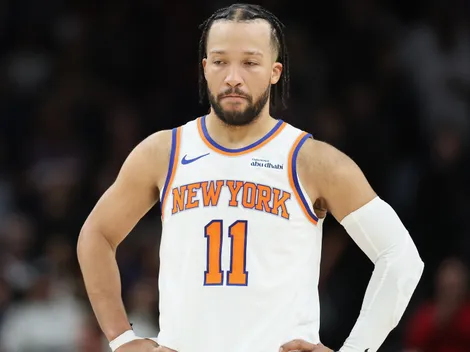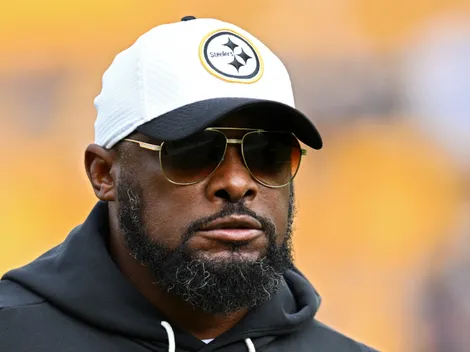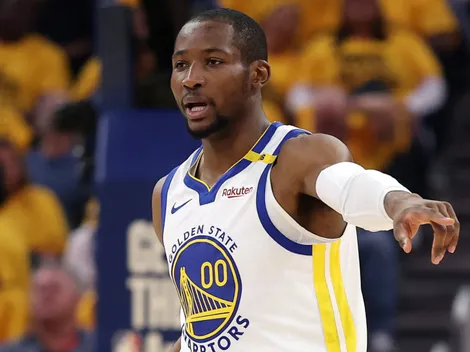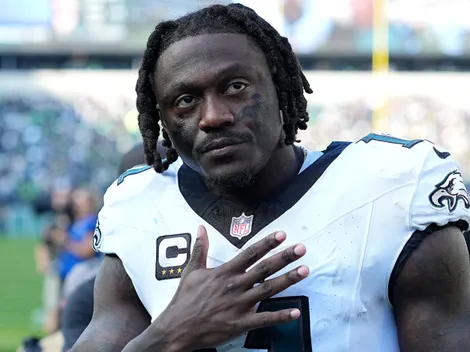The FIFA World Cup is a world soccer competition, which iscontested by the senior men’s national teams of FIFA, the world governing body for the sport. The championship is scheduledevery four years, except in 1942 and 1946, as a result ofthe Second World War. France is the current champion and the last tournamenttookplace in Russia in 2018.
Eight different national teams have so far won in the 21 World Cup tournaments. Brazil havewon five times and they are the only participant have featured in all 21 tournaments so far.Germany and Italy each have celebrated four titles,Argentina, France, and Uruguay with two; and England and Spain,with one title each.
This competition enables the host country to display itself worldwide for a month. It produces massive TV profits, legions of travelers, and incredible ticket sales. But the tournament also underlines the economic pressure and a merciless focus, as many of the countries have learned.

A general view of the famous Hollywood sign in Los Angeles. (Getty)
How much did Los Angeles earn from the 1994 FIFA World Cup?
A new period of efficientbusiness strategy was introduced at the US World Cup. Hostedin many cities with large-scale sponsorsincluding Adidas and Coca-Cola, the project provided LA alone with $620 milliononly in the final, which is $440 million more than the 1994Super Bowl.The overallrevenue reached the numberof $1.45 billion, against a total of$5.6 billion in cost. In addition, the U.S. has made use of itin the long runby introducing theMajor League Football (MLS).
American professor Gary Hopkinsclaims that hosting the 1994 World Cup changed soccer faces and fortunes forever in the USA. In a book published in 2010, named Star-Spangled Soccer: The Selling, Marketing, and Management of Soccer in the USA, Hopkins maps America’s journey to becoming a soccer country.
He said:“The granting of the 1994 World Cup to the United States set in motion a chain of events that has redefined soccer in America forever, good and bad, up and down but ultimately positioned to become a major force in the rapidly changing American Sports landscape.
“Because of this event, America’s youth today see soccer as much a part of the American lifestyle as Basketball, Baseball, and Apple pie. Soccer kids in America are as likely to know, Messi Ronaldo and Rooney and the star –power of Barca, United and Real as they are the pitcher for the LA Dodgers or the running back for the New York Giants.”





